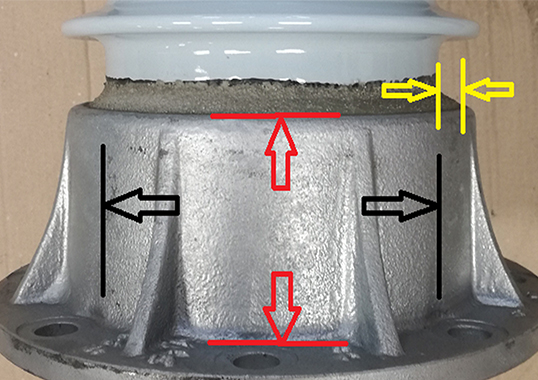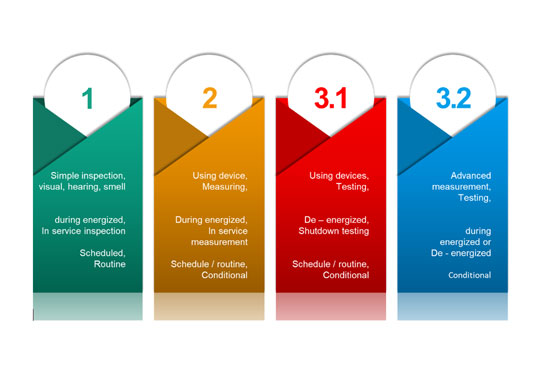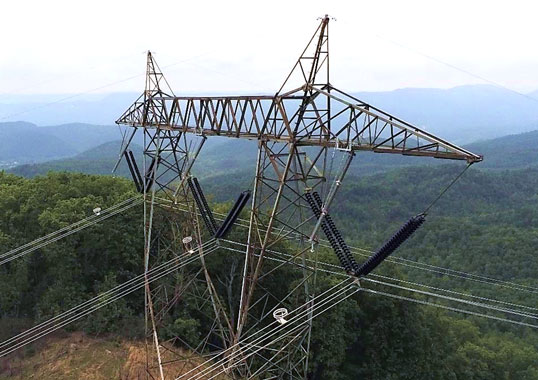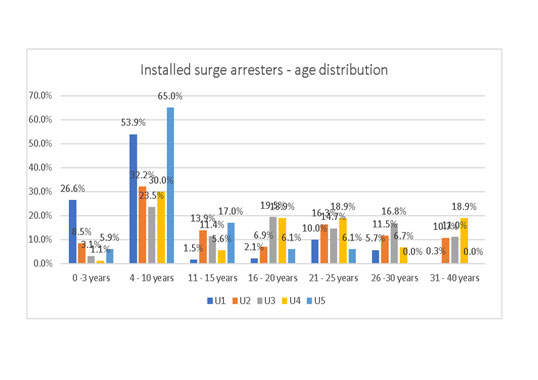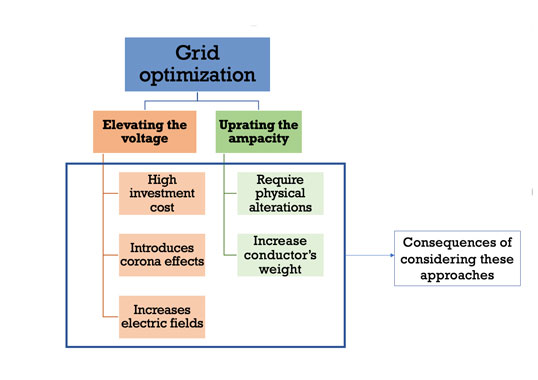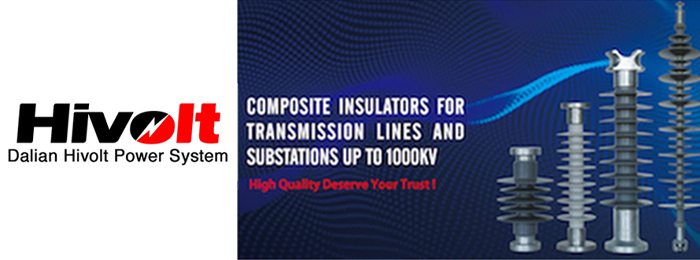Porcelain Insulators Under Cyclic Loading by Patrick Maloney
Porcelain insulators have been used in electrical systems for over 120 years but designs have changed as these became proportionately greater in height with increased voltage requirements. Early station posts were comprised of stackable top-threaded caps and bottom pins with a flange but this design was vulnerable to bending loads due to the fragile porcelain being outside the steel pin. The solid core station post comprised of externally attached cast caps was therefore introduced in the 1960s. This presentation explores the effects of repeated loading of such insulators. Typical ANSI and IEC mechanical testing differs greatly from the loading characteristics actually experienced in the field, e.g. laboratory testing consists of relatively slow loads over a 90s window whereas field loading is generally cyclic or static. Moreover, solid core porcelain insulators are comprised of several components, including the porcelain body, the cast iron end fittings and Portland cement grout. Each has a different reaction to loading.

